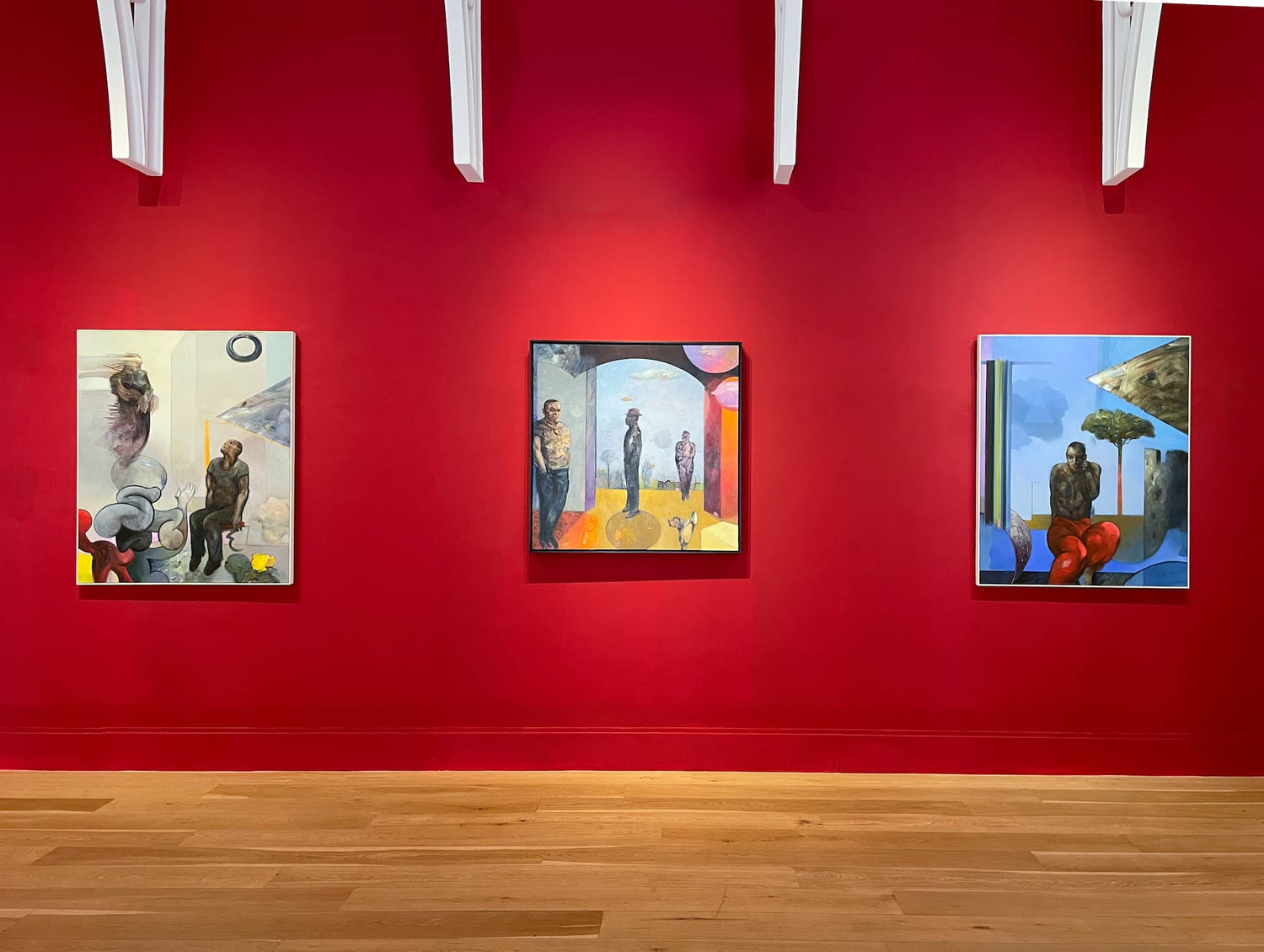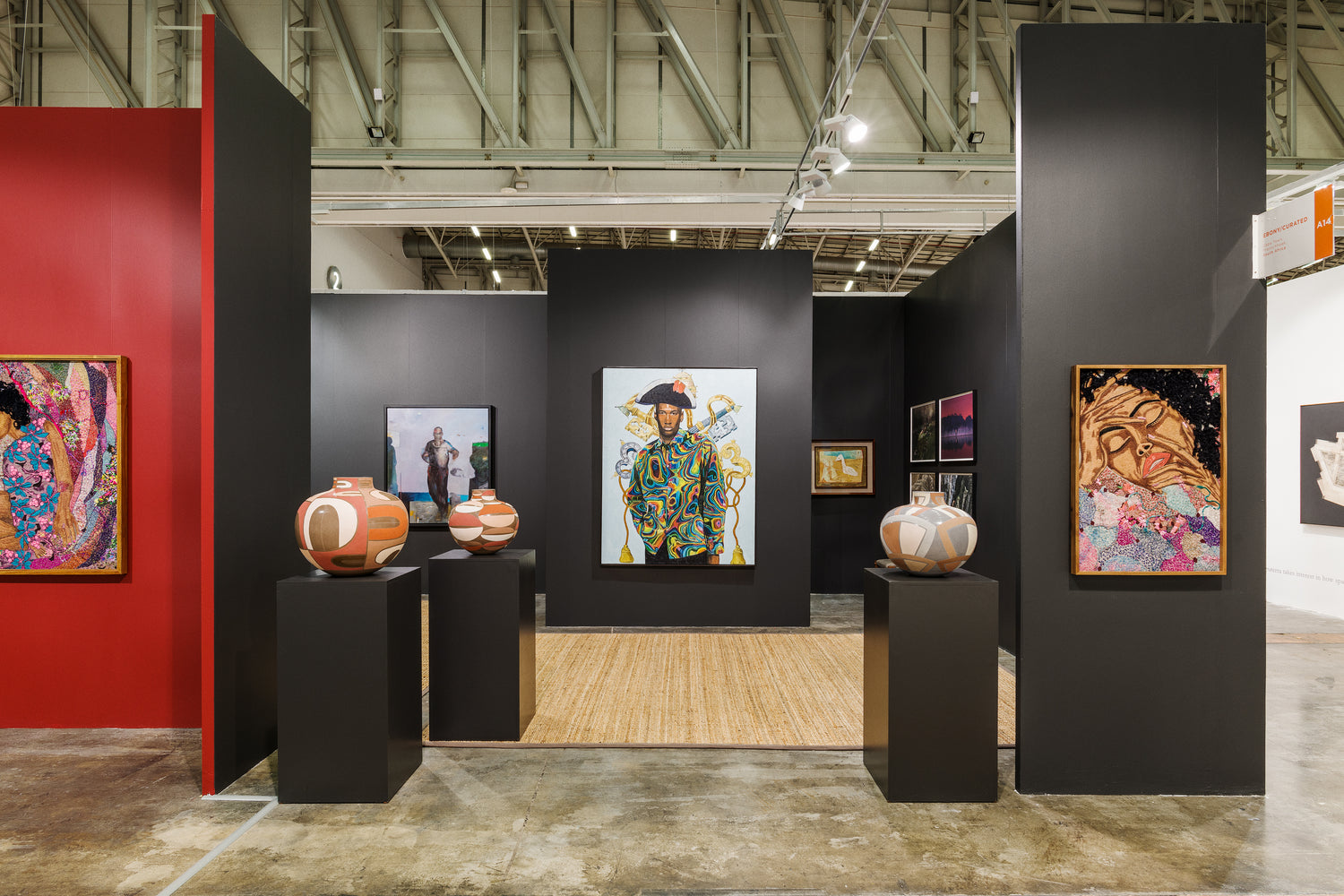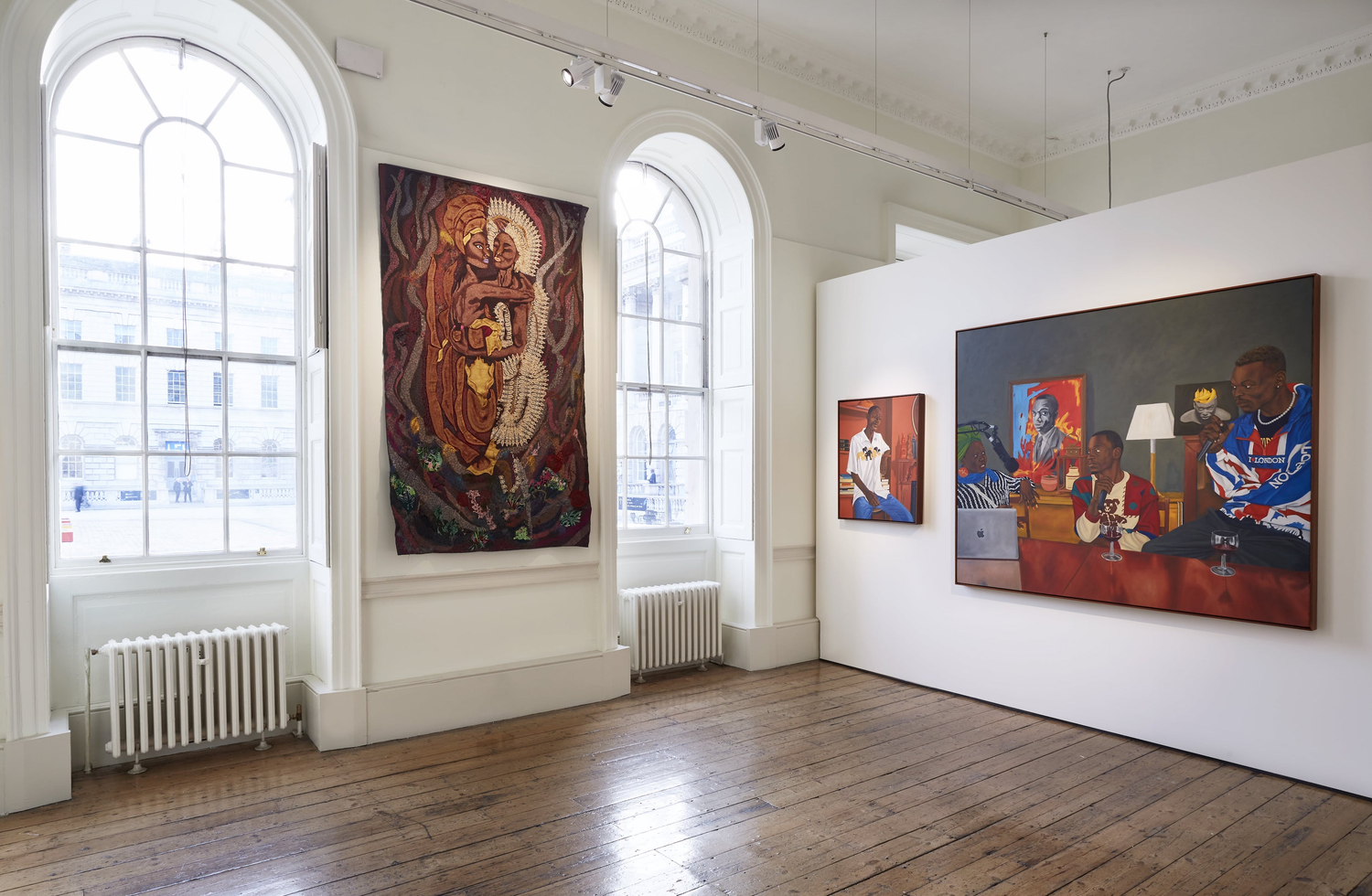Ghost in the Machine
Richard Templeton Smith
___
Richard Smith was born in Edinburgh, Scotland but immigrated with his family to South Africa at a young age. Studying graphic design at the Johannesburg School of Art in the 1960’s, followed by his work in 1968 for the Sunday Times, Smith produced politically important works for the underground movement. In 1977 he was the American Broadcasting Corporation’s Court Artist at the inquest into the death of Steve Biko. He won Standard Bank’s cartoonist of the year in 1980 and 1984. Smith’s fine art career began in 1972 with a solo show of drawings at the Arts Club, London.
He began painting in the mid 1980s and exhibited at Everard Read Gallery, Johannesburg primarily as a painter of abstract expressionist landscapes. In 1990, while a Resident at the Cite Internationale des Arts in Paris, Smith began making figurative oil on paper works, some of which were torn up and re-worked as collage elements. The human figure has been a recurring subject for the artist and these works started to hint at elements, influences and inspirations from a wide variety of artists; Cezanne, Kitaj, Guston and even Paula Rego to name a few. But his individual visual irreverence and inner gleefulness always shone through.
Newer works on exhibition at ‘Ghost in the Machine’ including ‘Oligarch’ and ‘The Curator’ successfully combine many elements of the artist’s journey from cartoons to the abstract and to a more recent figurative vein in oil, where the subject is often unidentifiable, exaggerated or faceless. Elements often re-appear in his works, whether on paper or oil. Small cartouches or objects that are immediately recognisable as part of the artist’s own visual language provide an individual signature. To this effect he reminds us of the Renaissance Old Masters who often inserted telltale reminders into their paintings - often unbeknownst to their patrons.
Smith is an artist’s artist. He has a unique voice where the act of painting is foremost whilst form and content are secondary. Although his finished works are richly layered, he wants, in his own words, ‘the brush to spend as little time as possible on the canvas’. A fearsome self-critic, Smith’s paintings can sometimes take months, even years, to appear but there still is no guarantee that they will make the final cut. This however, does not deter him in his obsessive attention to detail and his desire to paint. True originals are rare beasts who just keep producing the work - and good work at that.
‘In his more recent oils, where the figure is a silhouetted and vestigial being seen in a reduced environment, the human subject is a counterweight to the abstracted drift of his new painterly compositions. This idea of weights and balances is important to appreciating Smith’s recent work. Whether specifically identified or generically portrayed, his figures are a ballast, a stabilising device in a career marked by intermittent flirtations with modes of realism and abstraction’
- Sean O’Toole
___
Sean O'Toole is writer, editor and curator based in Cape Town.











